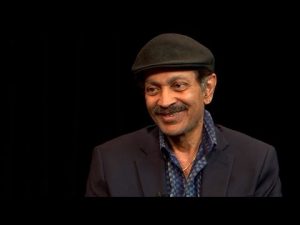
These words were uttered by V. S. Ramachandran at Friday’s ‘Skepticism and Open-Mindedness in Science’ event, co-sponsored by Science Studies. He was telling us a story about examining an amputee. When he touched different spots on the man’s cheek with a Q-tip, the patient reported a tingling sensation in his phantom thumb and fingers. This made sense. On Penfield’s map of the sensory cortex, the face is next to the hand. Homeless sensory signals had simply moved next door.
But when Ramachandran drew a map of the phantom hand on the man’s face with a pen, he realized that it didn’t actually correlate terribly well with the pouting visage of Penfield’s homunculus. On the patient, the sensation was concentrated in the lower part of the face. In Penfield’s diagram, a languid finger points toward the forehead, suggesting that the migration of the hand’s sensation should begin above the eyebrows. The clinical examination seemed to be the inverse of the canonical map.
As he told it on Friday, on the basis of this single clinical encounter, Ramachandran suggested to his fellow neurologists that the facial features on Penfield’s sensory cortex map might be upside-down. This mini paradigm shift was later confirmed by painstaking experiment on the part of other scientists. An hour of clinical examination had overturned decades of neuroscientific investigation.
Because ‘God is a cartographer,’ he said.
The human brain as it features in this anecdote is both exquisitely ordered and extremely flexible. Maybe Ramachandran’s genius as a neuroscientist resides in this double vision – of fixity and plasticity, structure and responsiveness. In his capacity as High Priest of the Cartographer God, he works from the assumption that the brain is an organ most beautifully adapted to being-in-the-world.
He wrapped up the talk with the story of the medical school dean who insisted upon retirement that one of his perfectly healthy limbs needed to be amputated, a lifelong preoccupation that he felt he could finally indulge now that he wasn’t having to work anymore. After dismissing with a chuckle the Freudian interpretation of this desire, Ramachandran made cartographic sense of it.
The problem was a congenital dysfunction in the part of the brain that receives and integrates input from various sensory areas. The patient was born with his inner body image missing a limb, giving rise to an overwhelming, life-long sense that the affected area should not be there, that it didn’t belong to him. Ramachandran’s deployment of the body’s neural map restored reason to a psychic abnormality that had seemed almost scandalously perverse. As with all great clinical neuroscience, his work has an ethical dimension. His vision of adaptive neural organization seems to translate into deep respect for the anomalies of subjectivity he encounters in the clinic.
I wish, as promised, that he had talked more about how his exceptional gift for clinical observation is related to his open-mindedness about demarcation (the knotty little problem of what, exactly, distinguishes science from pseudoscience and loosely-speaking the theme of the conference), but it was nonetheless a most enlightening performance – as always. Thanks to Craig Callender for organizing the event, for inviting Science Studies to co-sponsor it, and for providing such a provocative and instructive example of the problems of demarcation in the form of inflationary cosmology, a paradigm in astronomy that recently experienced a downfall from universally-accepted science to contemptible pseudoscience!
The sermons of Michael Shermer, founder of ‘Skeptic’ Magazine, are certainly not our usual style, but it was a bracing dose of reason with which to start the year.
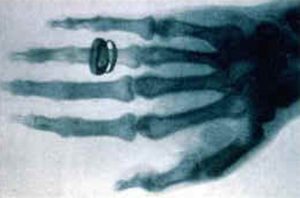 In honor of Halloween, here’s the first X-ray, of Frau Röntgen’s hand, showing her wedding ring eerily circling the bones of her finger.
In honor of Halloween, here’s the first X-ray, of Frau Röntgen’s hand, showing her wedding ring eerily circling the bones of her finger.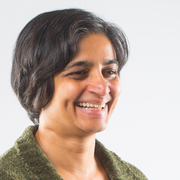
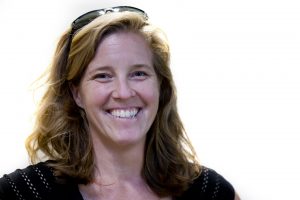
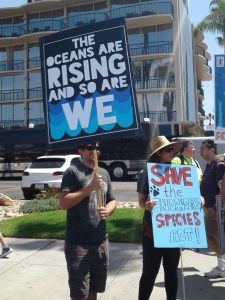
 Other historians of science have weighed in more cogently on the significance of these marches. Naomi Oreskes, Robert Proctor and David Kaiser
Other historians of science have weighed in more cogently on the significance of these marches. Naomi Oreskes, Robert Proctor and David Kaiser 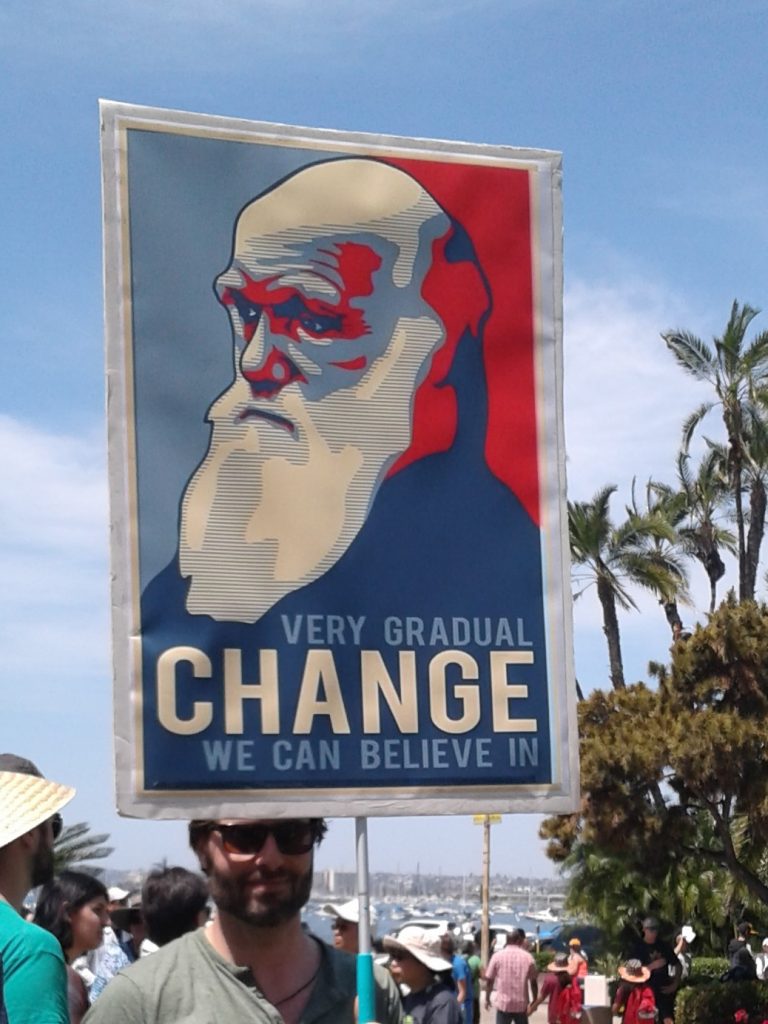
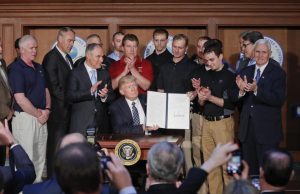

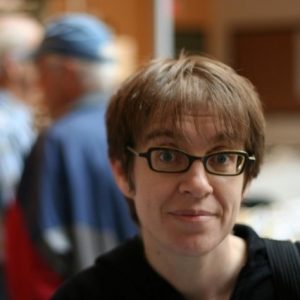
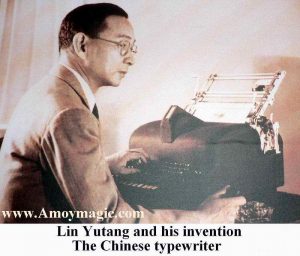
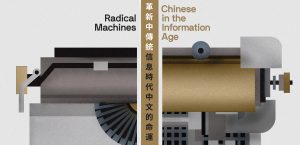
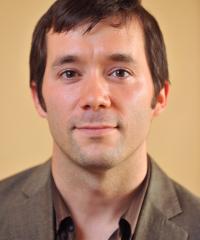
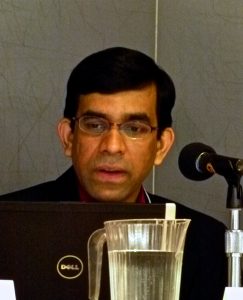
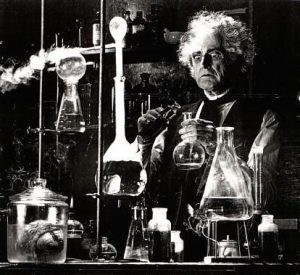
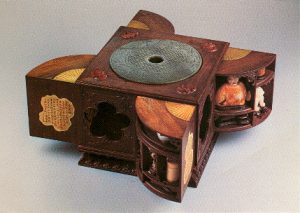 Ben Sheredos and Rebecca Hardesty gave us a real treat last night.
Ben Sheredos and Rebecca Hardesty gave us a real treat last night.